 Criterion has released a sparkling 4K UHD rendition of Arthur Penn’s 1975 film, Night Moves which I remember as being my favorite Gene Hackman film in which the actor played a leading role. In it, he plays a private detective hired by a former actress to find her missing daughter played by Melanie Griffith in her film debut.
Criterion has released a sparkling 4K UHD rendition of Arthur Penn’s 1975 film, Night Moves which I remember as being my favorite Gene Hackman film in which the actor played a leading role. In it, he plays a private detective hired by a former actress to find her missing daughter played by Melanie Griffith in her film debut.
Susan Clark played Hackman’s ex-wife, and Jennifer Warren played his current girlfriend in the neo-noir thriller which I also remember as being one of my favorites in the genre.
When I think of neo-noir, the latter-day successor to the films noir of the 1940s and 1950s, I think primarily of 1974’s Chinatown and 1997’s L.A. Confidential, two of my favorite films of all time. After watching Night Moves again, I decided to check out Wikipedia’s listing of neo-noir films and was astonished to find so many films that I wouldn’t necessarily have thought of as part of the genre.
The term film noir, French for “black film” or “dark film,” was coined by a French critic in 1946 but was not recognized by most American film industry professionals until the 1970s.
The classic period of the genre was the 1940s and 1950s and includes such films as The Maltese Falcon, Double Indemnity, Mildred Pierce, and The Postman Always Rings Twice from the 1940s and Sunset Boulevard, The Night of the Hunter, Sweet Smell of Success, and Touch of Evil from the 1950s. They were all made in black and white.
Dark films, whether made in black-and-white or color from 1960 on, are called neo-noir. The list is long, but here are some of them, listed by year of release in their country of origin, limited to no more than four per year.
Neo-noir films of the early 1960s include such varied titles as Breathless, Peeping Tom, Psycho, and Purple Noon from 1960; The Hoodlum Priest, The Hustler, Victim, and Viridiana from 1961; Cape Fear, Experiment in Terror, The Manchurian Candidate, and Requiem for a Heavyweight from 1962; The Haunting, High and Low, and The Servant from 1963; and Marnie, Séance on a Wet Afternoon, and Seven Days in May from 1964.
The late 1960s gave us Bunny Lake Is Missing, The Spy Who Came in from the Cold, and Who Killed Teddy Bear in 1965; Blow-Up and Seconds in 1966; Bonnie and Clyde, In Cold Blood, and In the Heat of the Night in 1967; The Bride Wore Black, Bullitt, and Pretty Poison in 1968; and Medium Cool, They Shoot Horses, Don’t They?, and Z in 1969.
The early 1970s gave us The Bird with the Crystal Plumage, Performance, and Rider on the Rain in 1970; Dirty Harry, The French Connection, Klute, and Shaft in 1971; Fat City, Frenzy, Prime Cut, and Super Fly in 1972; Badlands, Mean Streets, Serpico, and Soylent Green in 1973; and Chinatown, The Conversation, The Parallax View, and The Taking of Pelham One Two Three in 1974.
The genre in the late 1970s continued with Dog Day Afternoon, Farewell, My Lovely, and French Connection II as well as Night Moves in 1975; All the President’s Men, Obsession, and Taxi Driver in 1976; Black Sunday and The Late Show in 1977; Midnight Express and Straight Time in 1978; and The China Syndrome and The Onion Field in 1979.
The early 1980s brought us American Gigolo, Atlantic City, Dressed to Kill, and Raging Bull in 1980; Absence of Malice, Body Heat, Prince of the City, and True Confessions in 1981; Blade Runner and Still of the Night in 1982; Bad Boys and Scarface in 1983; and Blood Simple and The Terminator in 1984,
The late 1980s gave us After Hours, Agnes of God, and Witness in 1985; Blue Velvet, Manhunter, and Mona Lisa in 1986; The Bedroom Window, Fatal Attraction, and No Way Out in 1987; Little Nikita and Who Killed Roger Rabbit in 1988; and Batman and Sea of Love in 1989.
The early 1990’s brought us Dick Tracy, The Grifters, and Miller’s Crossing in 1990; Bugsy, Dead Again, and The Silence of the Lambs in 1991; Basic Instinct, The Player, and Reservoir Dogs in 1992; Carlito’s Way, Malice, and True Romance in 1993; and China Moon, The Last Seduction, and Pulp Fiction in 1994.
The late 1990s gave us 12 Monkeys, Heat, Se7en, and The Usual Suspects in 1995; Fargo, Lone Star, and Sling Blade in 1996; Face/Off, Gattaca, and Jackie Brown in addition to L.A. Confidential in 1997; Out of Sight and A Simple Plan in 1998; and The Matrix and The Talented Mr. Ripley in 1999.
The first decade of the 21st Century brought us such gems as Memento in 2000; Mulholland Drive in 2001; Infernal Affairs and Road to Perdition in 2002; Mystic River in 2003; Batman Begins and A History of Violence in 2005; The Departed in 2006; Eastern Promises and Zodiac in 2007; and In Bruges in 2008.
Among the best of the second decade have been Shutter Island in 2010; The Girl with the Dragon Tattoo in 2011; Nightcrawler in 2014; Hell or High Water in 2016; and Blade Runner 2049 in 2017.
We haven’t had much to get excited about thus far in the third decade in which the best of the genre have been Pig in 2021 and The Batman in 2022, but we can hope things will pick up as the decade goes on.
Happy viewing.


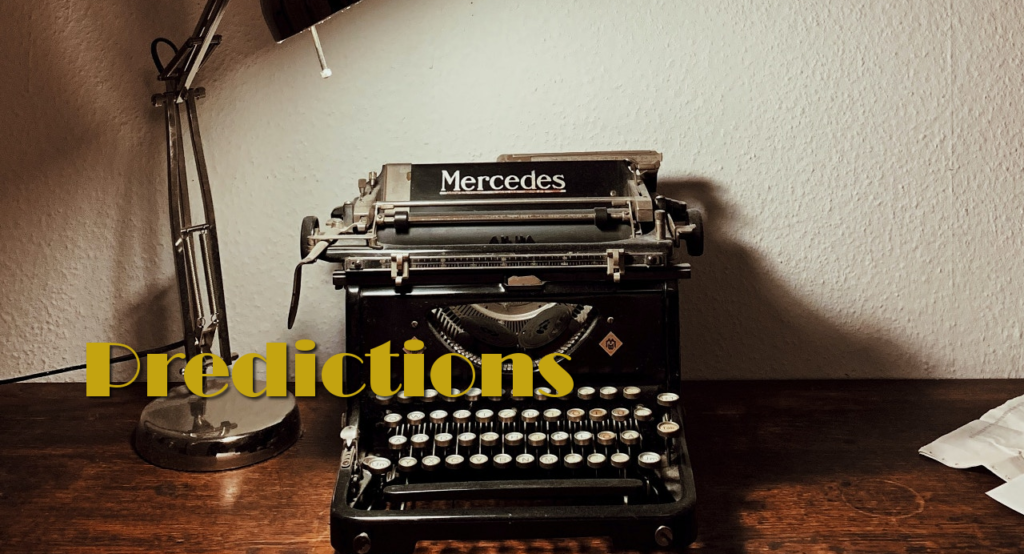
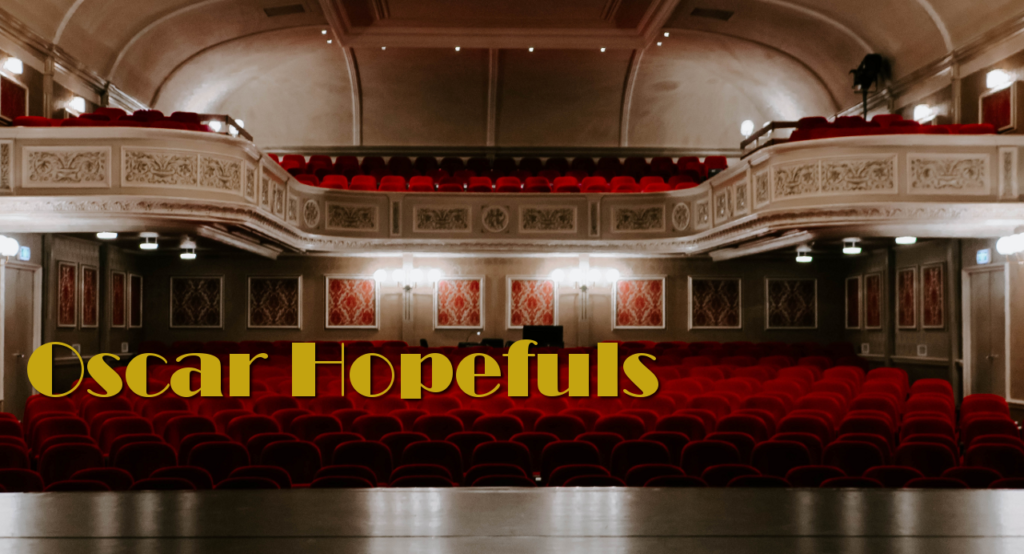



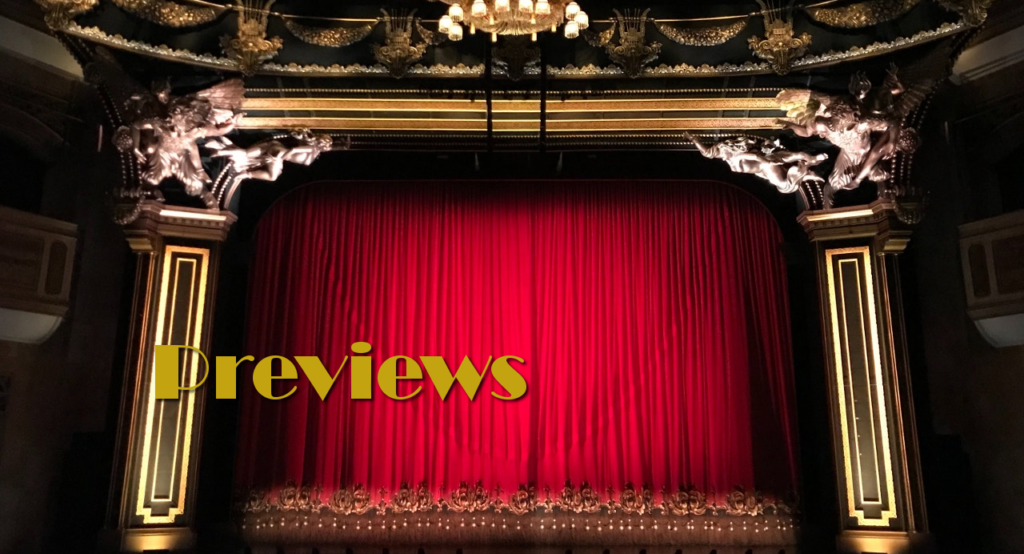


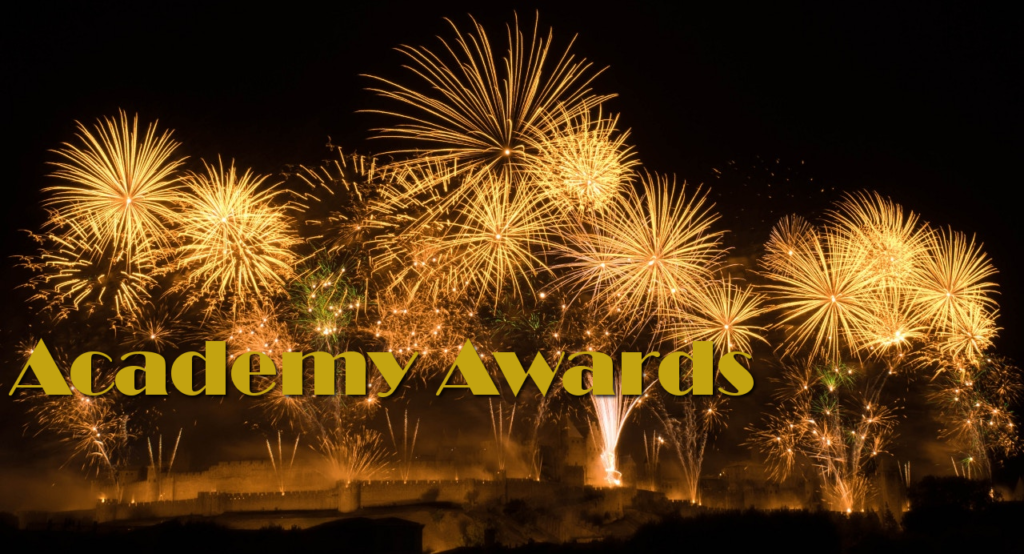
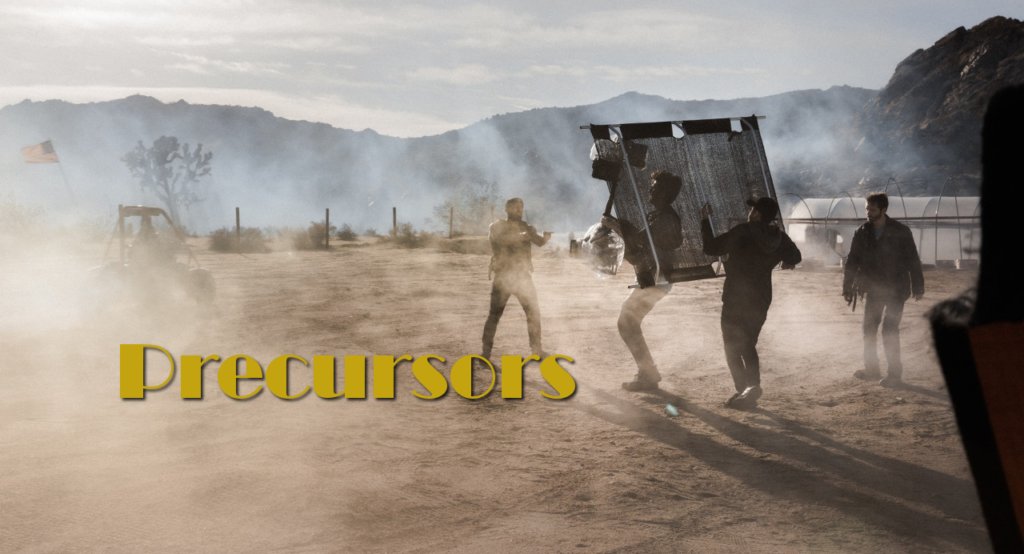



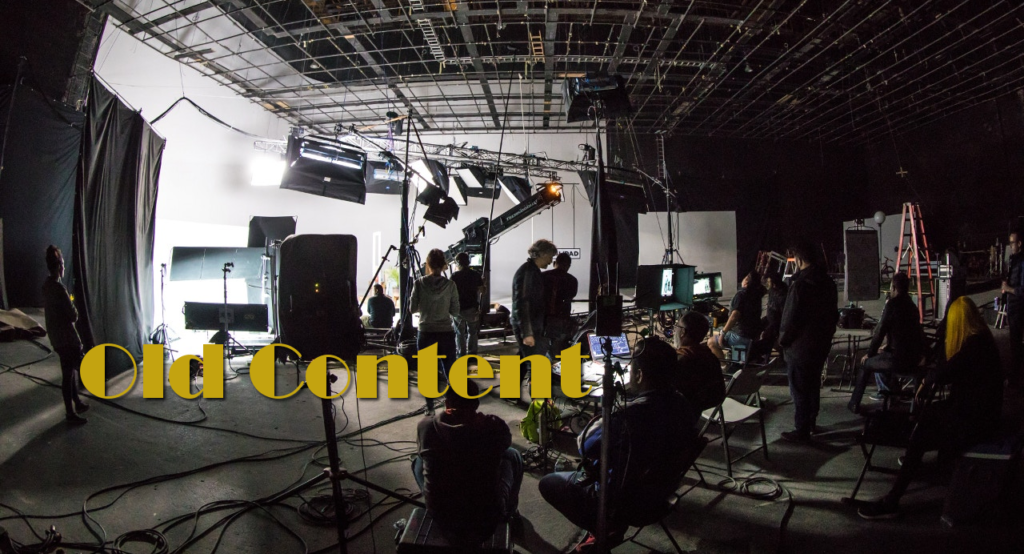
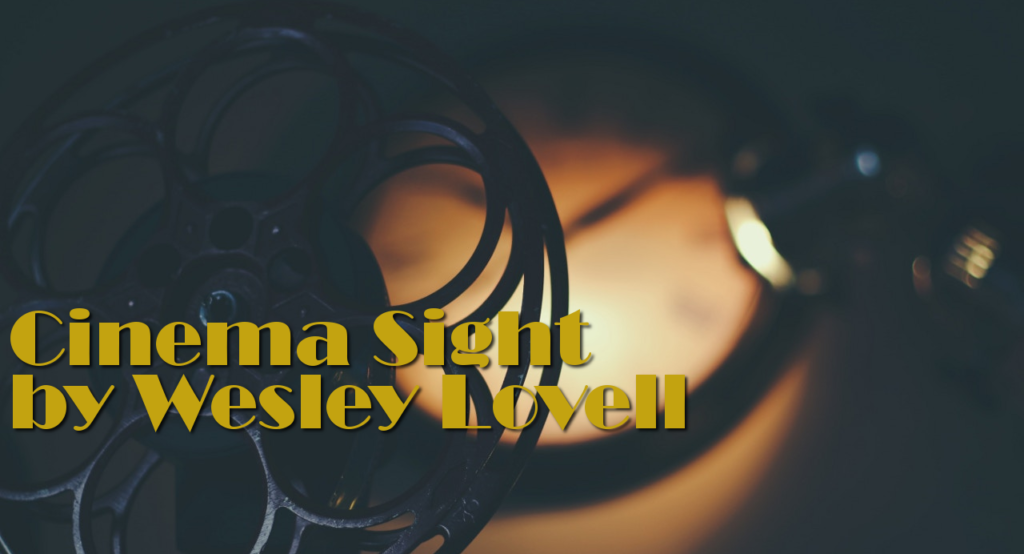


Leave a Reply